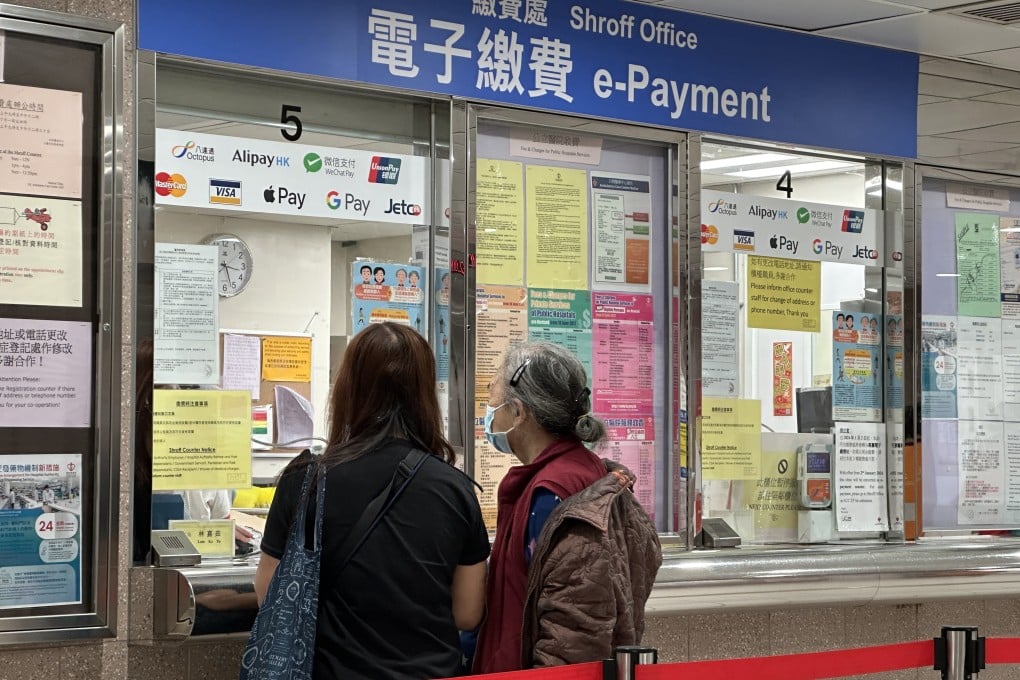Advertisement
Opinion | Fee increases won’t solve Hong Kong’s healthcare financing crisis
Whether through co-payment schemes, mandatory insurance or expanded private-sector involvement, we must explore solutions for sustainability
Reading Time:3 minutes
Why you can trust SCMP
0

The government’s recent decision to significantly increase public hospital fees has reignited concerns about the long-term sustainability of the system. Hong Kong’s reliance on a tax-funded model is becoming fiscally unsustainable. Rather than merely raising charges for medical services, a comprehensive and forward-thinking approach to healthcare financing reform is urgently needed.
Decades of reliance on a predominantly tax-funded, single-payer system have led to an unsustainable trajectory. As healthcare costs continue to rise and our population ages rapidly, the burden on public finances is becoming unmanageable.
Instead of merely adjusting charges for individual medical services, we need a fundamental reassessment of our entire financing structure. Reform is necessary, not only to ensure long-term sustainability but also to create a more dynamic healthcare ecosystem which benefits both patients and medical professionals.
A 2023 research paper from the Legislative Council Secretariat highlighted the deepening financial pressures on Hong Kong’s healthcare system. In 2019-20, more than 50 per cent of total healthcare spending came directly from government revenue, with household out-of-pocket payments covering most of the rest. Private insurance, despite half of the population having some form of coverage, accounted for less than 20 per cent of total spending.
Hong Kong follows a single-payer model, where public healthcare is predominantly financed through taxation. While this model is also used in countries such as the UK, Denmark and New Zealand, those economies rely on broad-based, high-tax regimes to sustain their healthcare systems. Hong Kong, on the other hand, is known for its low and simple tax structure, making it an outlier in its ability to sustain a tax-funded public healthcare system in the long run.
The most alarming trend is that public healthcare spending has grown more compared to other sources of funding. After adjusting for inflation by using constant 2022 prices, government healthcare expenditure rose by 7.5 times between 1989-90 and 2022-23, far outpacing all other financing sources. For example, out-of-pocket payments by individuals grew by less than five times over the same period, while private insurance contributions remained relatively stagnant.
Advertisement
